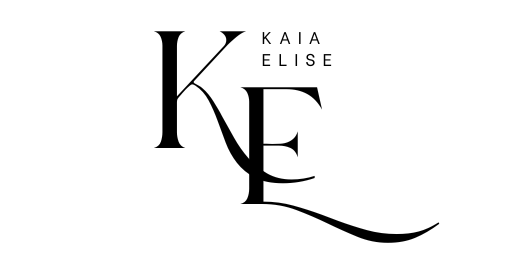Digital Marketing Simternship- A Summary
Hello and welcome to my second blog post! This will be quite different from my first one, as in this post I will be reviewing my results from the Stukent Digital Marketing Simternship in the style of a performance report.
What is a Simternship?
While it may be fun to say I am certified in a digital marketing course, without further information it doesn’t mean much to most people. Stukent is a digital learning site that allows its students to gain real world experience in certain fields of work without the high stakes of the real world. In this simternship I was tasked with marketing a new line of bags at “Buhi” through a series of different ad types.
Campaign Goals and Overall Strategy
Each round I was given a different goal with a set budget. For the first two rounds the goal was to reach a certain number of clicks. For rounds 3-8 the goal was to reach a set revenue goal. Each round I always tried to exceed the goal whenever possible. I found I was able to easily get quite a bit over the goal revenue amount, however I did learn that just being able to reach the goal is a very small part of running an ad campaign. My overall strategy for the campaign was to do as much subtle A/B testing as possible while still meeting campaign goals. This included anything from switching keywords around to pausing entire search ad groups. In the last round I had enough extra budget I chose to restart any paused campaigns to see how everything would do together.


Throughout the campaign I was able to really see growth in each part of my ad campaigns, As the graph I made shows, I was able to exceed my goal revenue every round. In round 8, I made 40% more than my goal revenue. The number varied throughout each round depending on what type of A/B testing I had done, among other things.
Ad types and KPIs
As I mentioned earlier I would sometimes have entire search ads paused, but what were all the ad types I used in the simulation? The main one I was working with was search ads. I found this to be the most successful revenue-wise. I worked with shopping ads for all eight rounds of the simulation. Next I worked with display ads from rounds 3-8. These were the lease successful revenue wise but of course revenue is just one possible metric to track success. Lastly I used shopping ads in rounds 6-8. These were the second most profitable ad type overall. One thing to keep in mind for this next chart is that I had the most time to optimize my search ads campaigns and the least for the shopping ads. I think it is a really interesting visual though of how much the shopping ads catch viewers for the final stage of the AIDA funnel.
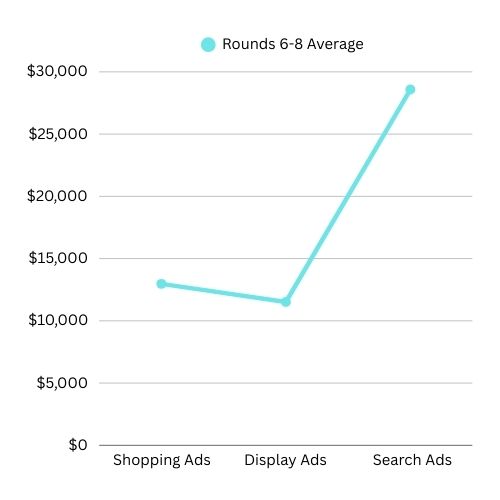
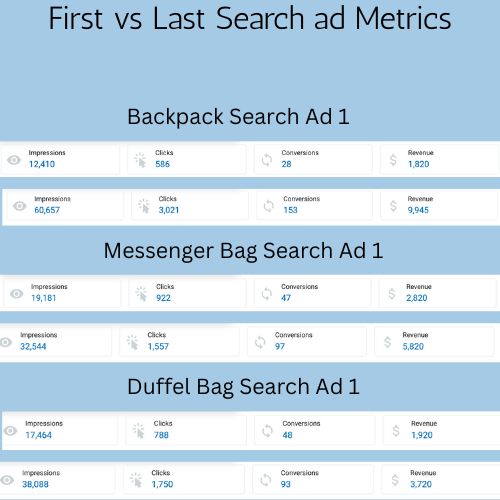
The KPIs I mainly followed for search ads were CTR and conversions together. If I found a certain keyword had a high CTR but low conversions, I would look into what I could change on my products landing page to make it more effective. Sometimes there wasn’t anything I could change, so I would decide to pause and replace that certain keyword. I did notice that for some of the search ads I made even when I didn’t change anything the metrics would still change which was cool to see as it shows how searcher intent can change over a month or two. The chart below is the conversions on one search ad throughout the campaign. After the dip in rounds 3 and 4 I changed some keywords, and slightly edited the landing page for the product and saw an increase in conversions.

I followed ROAS and impressions for my display ads. I always had a minimum of two display ads running since I was given the opportunity to use them. No matter what I changed on the other ads the one I had running for the Switch Luggage product line always did significantly better for ROAS than any others. The impressions on the display ads ranged from around 200,000 to over 1.5 million. Once again I will bring the AIDA funnel into the discussion and say I think it is so interesting how different ad types work so much better for different stages of the AIDA funnel. The line chart shows how the impressions on the Switch luggage varied throughout the rounds. 

My method for figuring out if a shopping ad was successful was by following the conversions. Shopping ads have a generally high conversion rate, but if I had seen that some keywords had a high number of impressions and clicks but very few to no conversions I would check what keyword had been used and whether or not it was relevant to both the product and the landing page. If it wasn’t at all related to the product I would add that word to my negative keywords list. If it was just not super relevant to my landing page I would try to adjust my landing page to fit the keyword a bit better. The line chart is of the conversions of one of my shopping ads throughout the campaign.

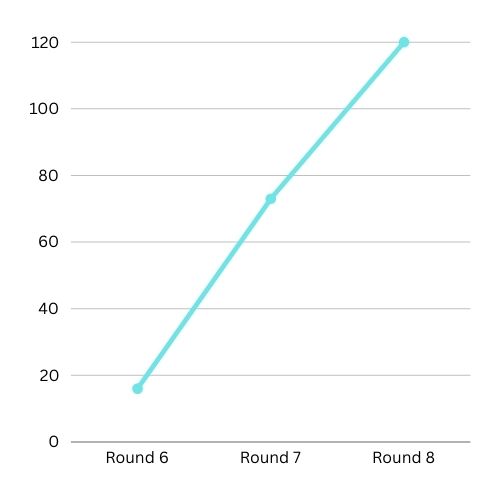
Keywords and Bidding Strategy
When I first learned about keywords I was initially quite confused as it is actually key phrases, not words. I have learned a lot more since then and so I was able to effectively chose keywords for each of my search ads. My first step in deciding what keywords to use was to determine the customer profile that best fit the product I was advertising. An example was “Back to School Mindy”. She was searching for a new backpack, was in the age range, and fit other demographics I was looking for. So to find keywords I put myself in her shoes. What would I search for if I was looking for a new backpack. I used the profile information I was given to help find the type of things she may be interested in to help determine what she might search for. I followed the same basic steps for multiple other profiles for each of the different products I was making shopping ads for. I separated each profiles’ keywords into separate lists and tried to not overlap them if at all possible.
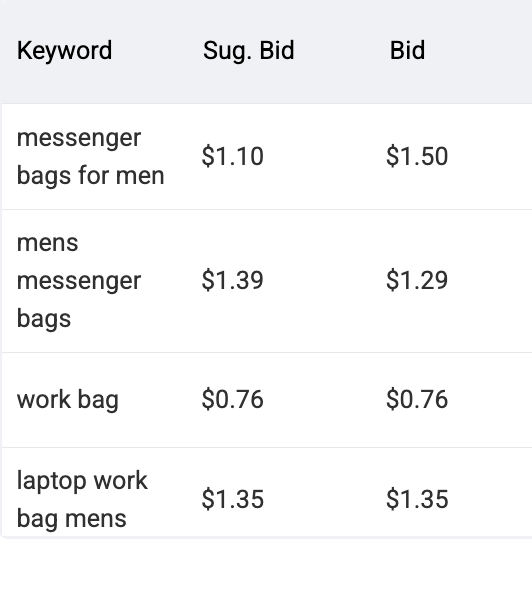 My bidding strategy had one main rule – stay within 10 cents of the suggested bid. I clearly made some exceptions for the rule but I had a lot of success with this. When I was entering my bids for keywords I was told the competition for each keyword. When it was low, I would bid low, if it was high, I bid high. As you can probably guess, if it was medium competition I stayed in the suggested bid range. I had no trouble with this strategy and continued it throughout the simulation. I found a lot of success in this strategy and only had one or two keywords that didn’t do well from my bidding strategy which I was able to quickly fix.
My bidding strategy had one main rule – stay within 10 cents of the suggested bid. I clearly made some exceptions for the rule but I had a lot of success with this. When I was entering my bids for keywords I was told the competition for each keyword. When it was low, I would bid low, if it was high, I bid high. As you can probably guess, if it was medium competition I stayed in the suggested bid range. I had no trouble with this strategy and continued it throughout the simulation. I found a lot of success in this strategy and only had one or two keywords that didn’t do well from my bidding strategy which I was able to quickly fix.
I liked to keep a close eye on the keywords as they were really helpful to know how well an ad might be doing. If the keyword had really high impressions but low conversions that told me there had been a disconnect between the potential customer seeing the ad on their search results page and clicking into the landing page. This leads me perfectly into my next point- landing pages!
Landing Pages
The landing pages were fun to make, and I never made drastic changes to them. The most difficult part of making them was writing the product description. When making landing pages it is important to have enough keywords placed throughout the description without overloading it with keywords. I found it easiest to combine some of the customer profiles together to consolidate the keyword types I wanted to use. Unfortunately, I can’t include a screenshot of what my landing pages looked like, but I really tried to make them versatile for the different customer profiles.
I have mentioned earlier how there were sometimes disconnects between someone viewing my search ad and clicking into the landing page. If this happened for a certain keyword and I saw I didn’t have anything like it on my landing page I would add it in to ensure customers that the bag is something they were searching for.
Final Thoughts
Overall I felt like I did pretty well in the simulation. There was a sharp learning curve, but as I progressed in the simulation I got more comfortable with the assignments I was given and had a lot of fun. If there was something I could change, I would definitely spend more time finding more and better keywords. Having many relevant keywords would have made it easier for more potential customers to find the product. While I don’t think I did it poorly, I would also spend more time with budget planning to more effectively spend my budget throughout the campaign.
Overall, I am glad I have had this opportunity to run an ad campaign without the stress of having to manage an actual budget.
